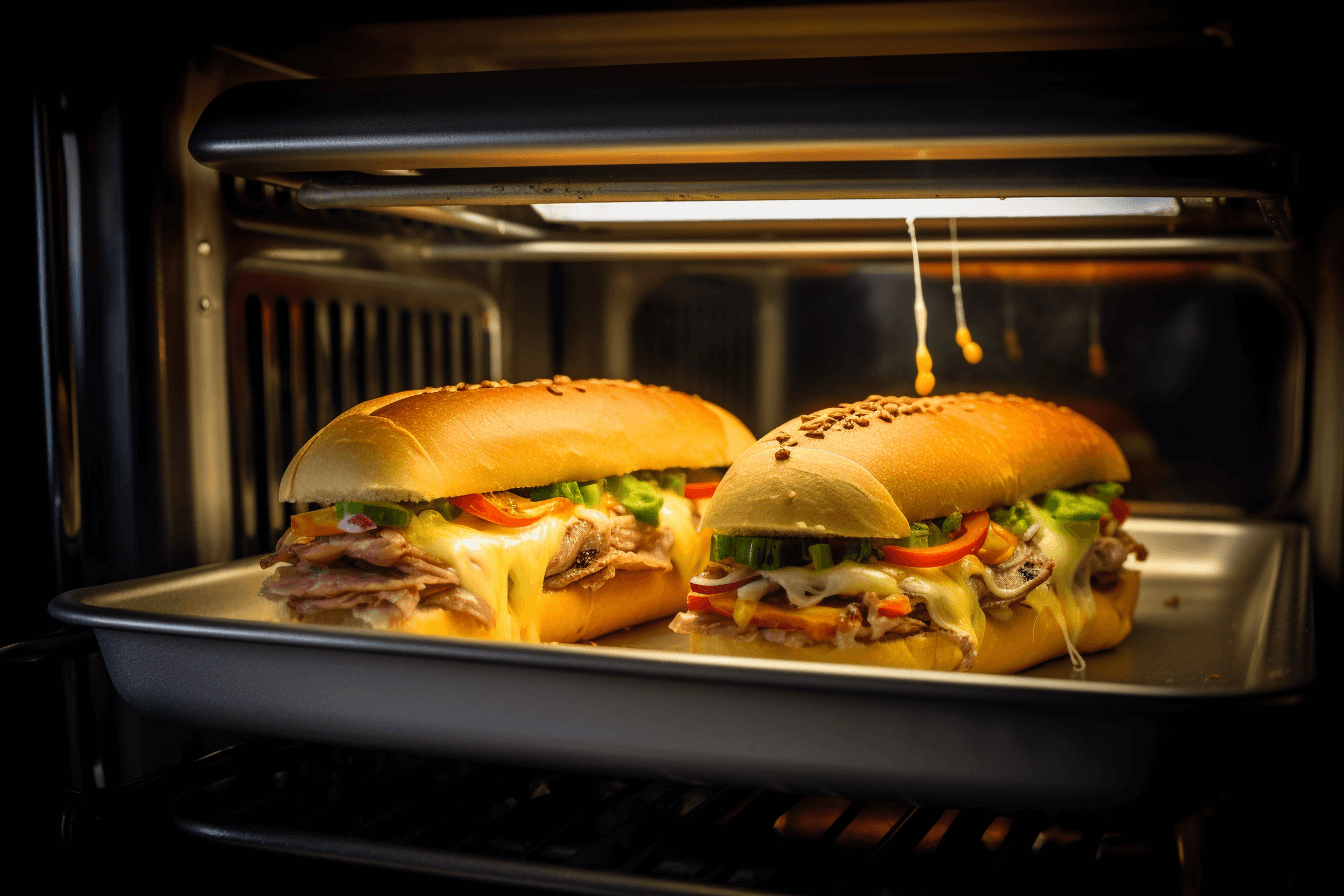Subway, the popular fast-food chain known for its fresh and customizable sandwiches, has recently implemented a controversial change to its pricing structure.
In this article, we will explore whether Subway now charges extra for toasting sandwiches and how this decision has impacted the brand and its customers.
Also Read: What Temperature Does Subway Toast Their Sandwiches?
Does Subway Charge Extra for Toasting?
Yes, Subway now charges customers extra for toasting their sandwiches. This change was rolled out across all participating locations, and customers are now required to pay an additional fee if they want their sandwich toasted. The fee varies depending on the location and the specific sandwich ordered, but it generally ranges from $0.50 to $1.00 per sandwich.
Reasons Behind the Change

Subway’s decision to charge extra for toasting has been attributed to several factors. Some of the reasons behind the change include:
- Increased Operational Costs: The cost of utilities, such as electricity and gas, has been on the rise. Toasting sandwiches requires energy, and this extra cost can add up for a large chain like Subway.
- Additional Labor: Toasting sandwiches takes time, which means employees need to spend more time preparing each order. This additional labor can translate to higher expenses for the company.
- Equipment Maintenance: Toasting machines require regular maintenance and replacement, which can be costly for a franchise operating on thin profit margins.
- Differentiation Strategy: By charging extra for toasting, Subway may be trying to position itself as a premium sandwich provider, offering a unique experience compared to other fast-food competitors.
Impact on Subway’s Customers
The introduction of an extra charge for toasting has had a noticeable impact on Subway’s customer base. Some of the effects include:
- Increased Prices: Customers now have to pay more for their favorite toasted sandwiches, which may lead to reduced spending or switching to non-toasted options.
- Altered Ordering Habits: Some customers may decide to forgo toasting altogether to avoid the extra charge, while others may choose to visit Subway less frequently.
- Perceived Decrease in Value: The additional fee for toasting may lead some customers to question the overall value of their Subway experience, as they now have to pay more for a previously complimentary service.
Customer Reactions and Responses
The decision to charge extra for toasting has elicited mixed reactions from Subway’s customers. While some understand the reasons behind the change and are willing to pay the additional fee, others have expressed frustration and disappointment. Some customers have taken to social media to voice their concerns and share their experiences, leading to a significant amount of online discussion and debate.
Comparing Subway’s Toasting Policy to Competitors
It’s important to consider how Subway’s new toasting policy compares to that of its competitors. Some other fast-food chains, like Quiznos and Potbelly, have always charged extra for toasting, while others like Jimmy John’s and Jersey Mike’s do not offer toasted sandwiches at all. This means that Subway’s decision to charge extra for toasting is not unprecedented in the fast-food industry, but it does set them apart from some of their direct competitors.
Conclusion
Subway’s decision to charge extra for toasting sandwiches has certainly generated a lot of discussion among its customers. While there are valid reasons behind the change, such as increased operational costs and a potential differentiation strategy, it remains to be seen how this decision will impact Subway’s overall brand perception and customer loyalty in the long term. As with any change in the fast-food industry, it’s important for companies to weigh the potential benefits against the potential drawbacks and consider how their decisions will affect their target market.
Subway’s decision to charge extra for toasting may have both positive and negative effects on the brand and its customers. On one hand, the additional fee may help cover increased operational costs, allowing the company to maintain its quality and service standards. On the other hand, the extra charge may lead to customer dissatisfaction, altered ordering habits, and potential damage to the brand’s reputation.
Only time will tell whether Subway’s new toasting policy will ultimately prove to be a successful decision for the company. In the meantime, customers will need to decide whether they’re willing to pay the extra fee for their toasted sandwiches or opt for non-toasted alternatives. It’s crucial for Subway to closely monitor customer feedback and be prepared to adapt their policies as necessary in order to maintain their competitive edge and continue delivering the fresh, customizable sandwiches that have made them a popular choice among fast-food enthusiasts.


